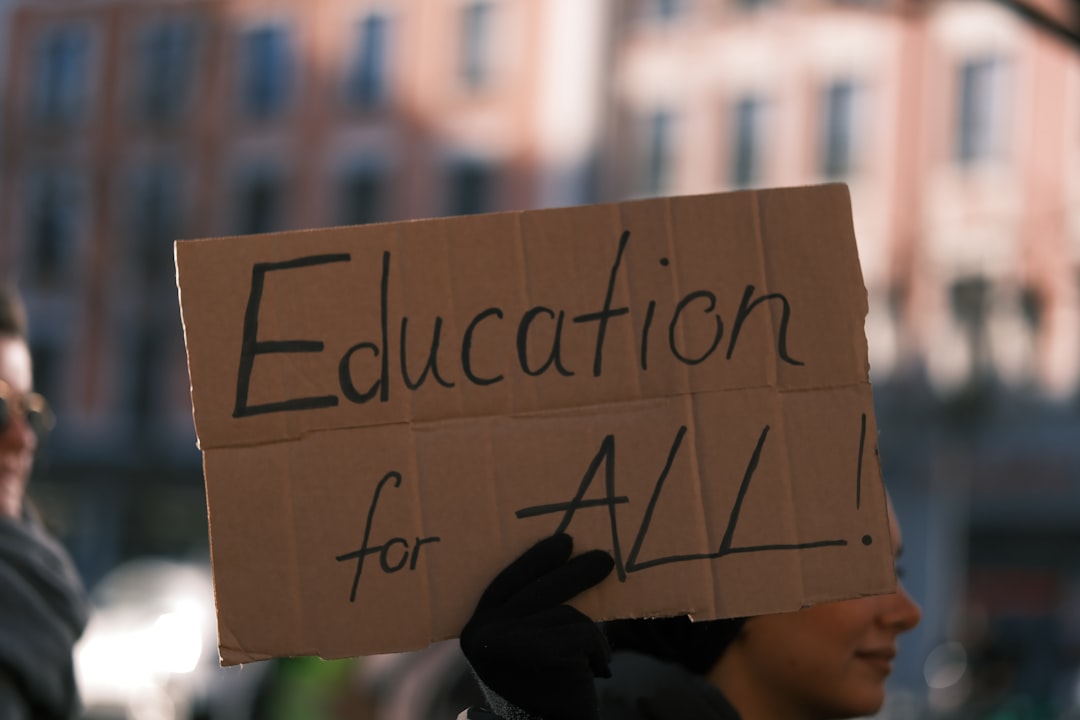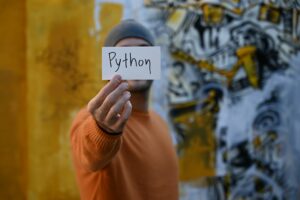The White House’s Initiative to Advance AI Education for American Youth

Explore the White House’s strategies and policies aimed at enhancing artificial intelligence education among American youth to prepare the next generation of innovators.
Introduction
Artificial Intelligence (AI) is revolutionizing industries, enhancing productivity, and reshaping daily life. To maintain global leadership in this technological frontier, the White House has launched a comprehensive initiative focused on AI education policies. This initiative aims to equip American youth with the necessary skills and knowledge to thrive in an AI-driven future, ensuring that the next generation of innovators can contribute to scientific and economic advancements.
Background
On April 23, 2025, President Donald J. Trump issued an executive order titled “Advancing Artificial Intelligence Education for American Youth.” This landmark policy recognizes the critical role AI plays in modern society and emphasizes the importance of integrating AI education from early childhood through higher education. By fostering AI competency among students, the initiative seeks to demystify complex technologies, ignite creativity, and prepare students to become responsible participants in the workforce.
Establishment of the AI Education Task Force
A central component of the initiative is the creation of the White House Task Force on Artificial Intelligence Education. Chaired by the Director of the Office of Science and Technology Policy, the Task Force comprises key leaders from various federal departments, including Agriculture, Labor, Energy, Education, and the National Science Foundation (NSF). This diverse membership ensures a holistic approach to AI education, addressing the needs of different sectors and educational levels.
Responsibilities of the Task Force
- Implementing AI Education Policies: Coordinating federal efforts to integrate AI into educational systems.
- Developing Educational Resources: Creating and disseminating AI-focused curricula and training materials.
- Fostering Partnerships: Collaborating with industry leaders, academic institutions, and nonprofit organizations to enhance AI education.
The Presidential Artificial Intelligence Challenge
Within the first 90 days of the executive order, the Task Force is tasked with launching the Presidential Artificial Intelligence Challenge. This competition is designed to:
- Encourage Student Innovation: Highlight achievements in AI among students of various age groups.
- Promote Geographic Adoption: Ensure that AI advancements are recognized and implemented across diverse regions.
- Foster Collaboration: Bring together government, academia, philanthropy, and industry to address national challenges through AI solutions.
The Challenge features multiple age categories and thematic competitions, reflecting the diverse applications of AI and encouraging interdisciplinary exploration.
Improving Education Through AI
A significant focus of the initiative is the integration of AI into K-12 education. By establishing public-private partnerships with leading AI organizations and academic institutions, the Task Force aims to develop online resources that teach foundational AI literacy and critical thinking skills. Key strategies include:
- Utilizing Federal Funding: Prioritizing grants and resources to support AI education programs.
- Developing Online Resources: Creating accessible materials that can be seamlessly integrated into classrooms.
- Supporting Lifelong Learning: Providing resources for students beyond K-12 to develop new AI skills relevant to a changing workforce.
Enhancing Training for Educators
For AI education to be effective, educators must be well-equipped to teach AI concepts. The initiative emphasizes the importance of professional development programs that:
- Reduce Administrative Burdens: Utilizing AI tools to streamline time-intensive tasks.
- Improve Teaching Methods: Enhancing teacher training and evaluation processes with AI.
- Integrate AI into Curriculum: Preparing educators to incorporate AI fundamentals into all subject areas.
By prioritizing AI in grant programs for teacher training, the initiative ensures that educators have the confidence and resources to effectively teach AI.
Promoting Registered Apprenticeships
To bridge the gap between education and the workforce, the initiative seeks to expand AI-related Registered Apprenticeships. The Secretary of Labor is tasked with:
- Developing Apprenticeship Programs: Establishing specific goals and standards for AI-related occupations.
- Engaging Industry Partners: Facilitating collaboration between employers and educational providers to create robust apprenticeship opportunities.
- Supporting High School Students: Encouraging dual enrollment programs where high school students can earn both high school and postsecondary AI credentials.
These efforts aim to create clear pathways for students to transition into AI careers, addressing the growing demand for skilled professionals in the field.
Implications for the Future
The White House’s AI education policies lay the foundation for a future where American youth are well-prepared to navigate and lead in an AI-driven world. By integrating AI education from early stages, investing in educator training, and fostering partnerships across sectors, the initiative ensures a comprehensive approach to developing a skilled and innovative workforce.
Private initiatives like GenAI.London complement these policies by offering structured learning programs and community engagement opportunities. Together, government policies and private efforts create a robust ecosystem for AI education, empowering learners to tackle the challenges and seize the opportunities of the future.
Conclusion
AI is no longer a futuristic concept but a present-day reality shaping every aspect of our lives. Through strategic AI education policies, the White House is taking decisive steps to ensure that American youth are not only consumers of AI technology but also creators and innovators driving forward the next wave of advancements. By investing in education, training, and collaborative challenges, the initiative positions the United States at the forefront of the global AI revolution.




